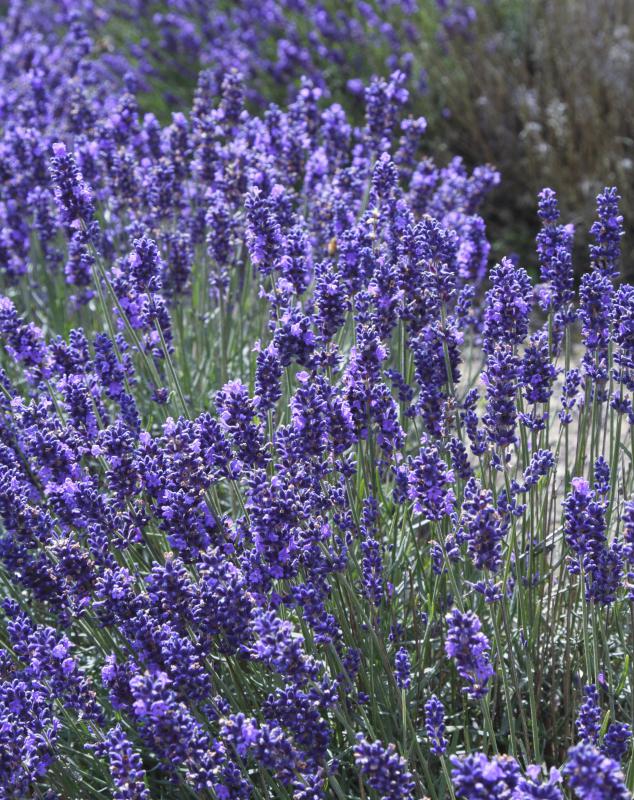At HomeQuestionsAnswered, we're committed to delivering accurate, trustworthy information. Our expert-authored content is rigorously fact-checked and sourced from credible authorities. Discover how we uphold the highest standards in providing you with reliable knowledge.
What is Topiary?
Topiary is the art of ornamental gardening. Topiarists trim, weave, and train plants into all shapes and sizes. Some topiaries are as large as a tree shaped as an ice cream cone, whereas others are small as an ivy heart in a porcelain cup. Interest in changing the shape of plants can be traced back at least 2000 years, and lives on in today's imaginative gardens.
The early Romans, perhaps influenced by Jews or Greeks, pruned their hedges into ornamental shapes. When Italy was no longer part of the Roman Empire, monks continued to cultivate topiaries in the early 1000s. From there, it spread to Britain, France, and all of Europe, and reached a height during the Renaissance. With its formal aesthetic, topiary expanded with hedge mazes and knot gardens during the Victorian period.

Landscape designers grow outdoor topiary by trimming bushes and trees the way a sculptor works stone. Simple geometric shapes, such as cones and cylinders act as architectural elements. Juniper and rosemary make fine topiaries because they have small leaves, tight growth patterns, and are evergreen. A large, healthy hedge can be cut by a talented gardener into something as fantastical as a unicorn, or as functional as a fence.

Small scale indoor topiaries have become an alternative for gardeners without acres to devote to trees. First you choose a fast-growing, robust, potted plant with just a few sprigs. Ivy, geranium, or lavender are great choices. The wire skeleton, called a tuteur, stakes into the soil and provides support for the desired shape. The plant's long, twining shoots can be wrapped around the wires and secured with fishing line. Then it needs patience and talent. To fill in the rest of the form, a topiarist must force sprouts at certain places by cutting notches at the right intersection of a stem. The plant reacts by putting out a new shoot. In combination with "tip pinching" other spurts to arrest their growth, the topiary becomes full and symmetrical.

Another kind of topiary involves container-less forms. Hanging chicken wire frames look like baskets. Gardeners stuff the inside of the skeleton with sphagnum moss and embed separate sprouts. Each piece has a small root-ball and one long vine, so when they are implanted they create a three-dimensional hanging sculpture. These kinds of forms use a lot of fishing line to properly secure shoots, and must be watered by submerging the entire topiary in water.
AS FEATURED ON:
AS FEATURED ON:













Discussion Comments
I wondered where the word “topiary” originated, so I did a little digging. The term “topiarus” is a Latin word that means “landscape gardener.” Because the landscape gardeners were the people in charge of caring for and maintaining the tree and shrub sculptures, these living works of art came to be called “topiaries.”
@anon9024 - I took a landscaping class at my local university, and we spent a day studying topiaries. I remember that large gardens in Europe used to have low, intricately clipped hedges. The gardeners arranged these in different geometric patterns known as parterres. This type of topiary garden usually contained huge masses of flowers within the geometric hedge-work. I believe that they were placed there for decoration rather than actually grown inside of the hedge.
what is the history of a flower topiary?
Post your comments